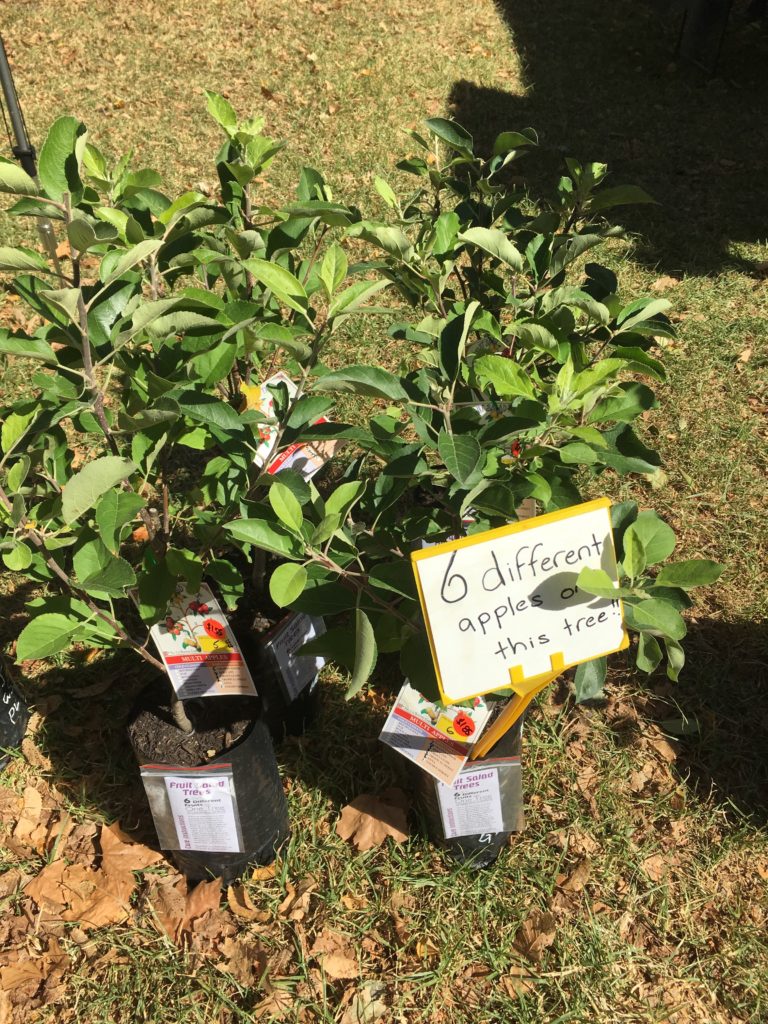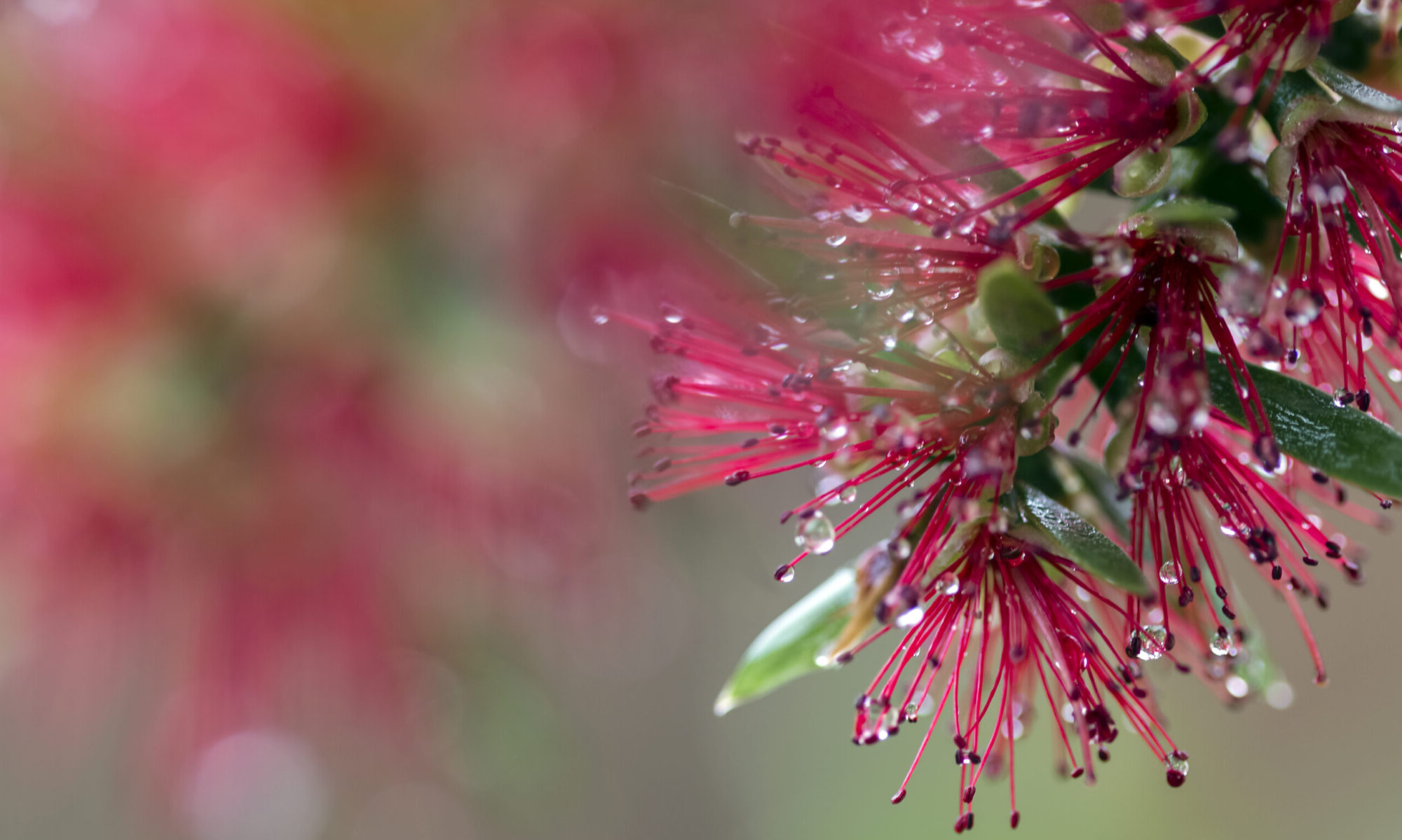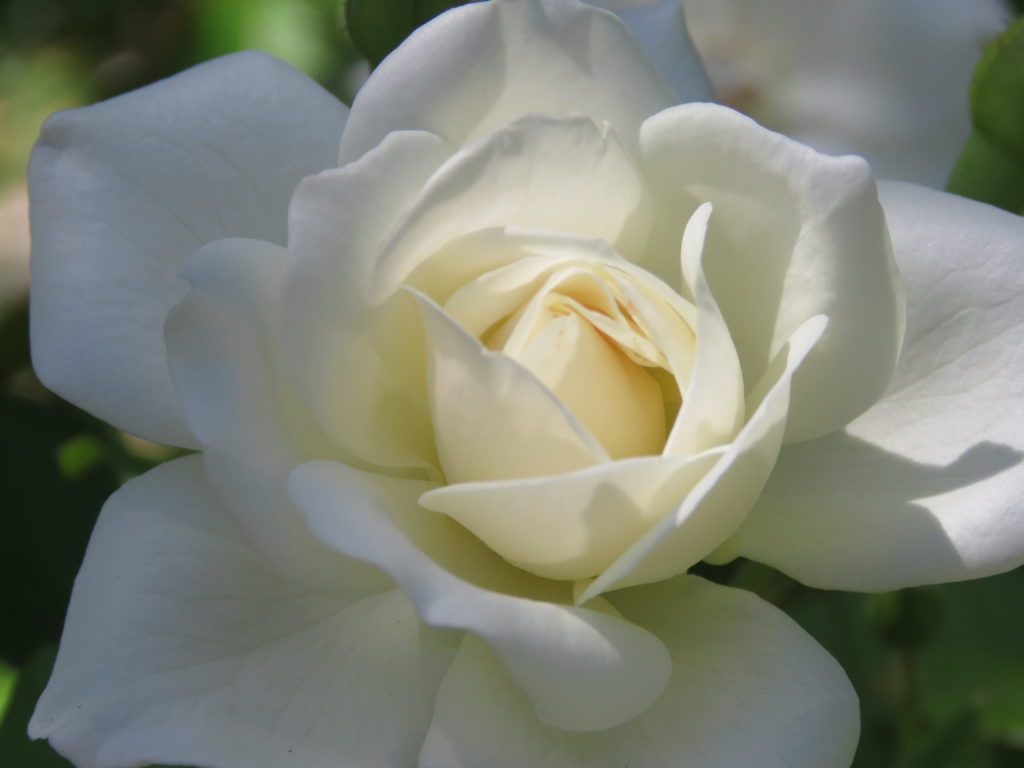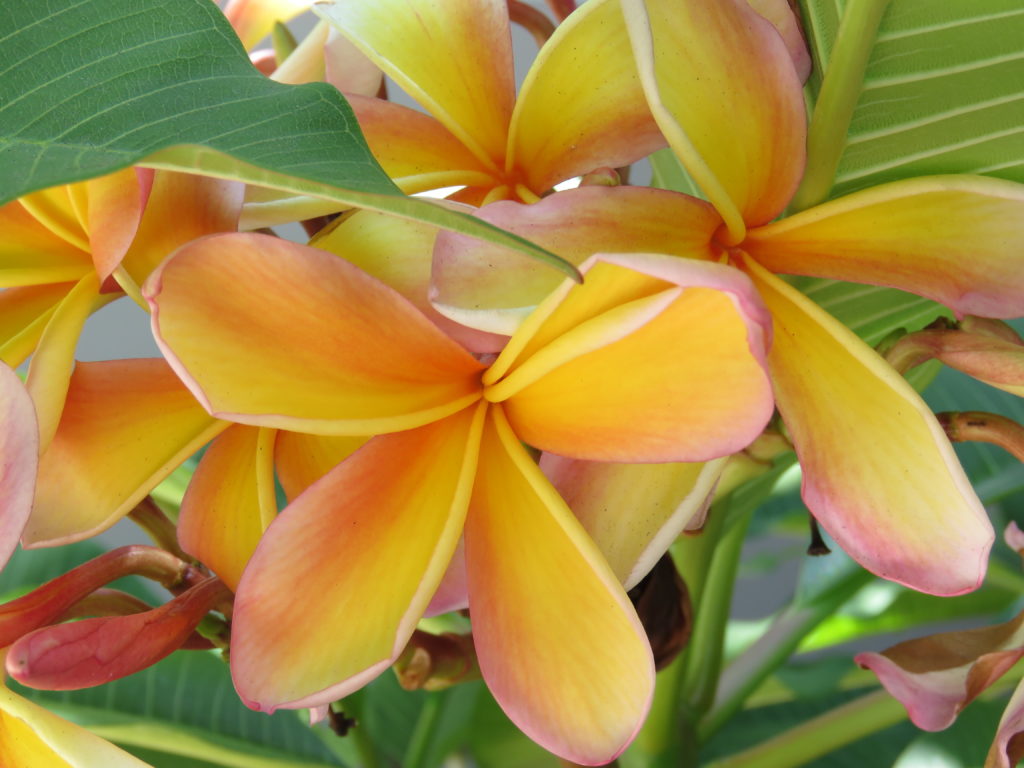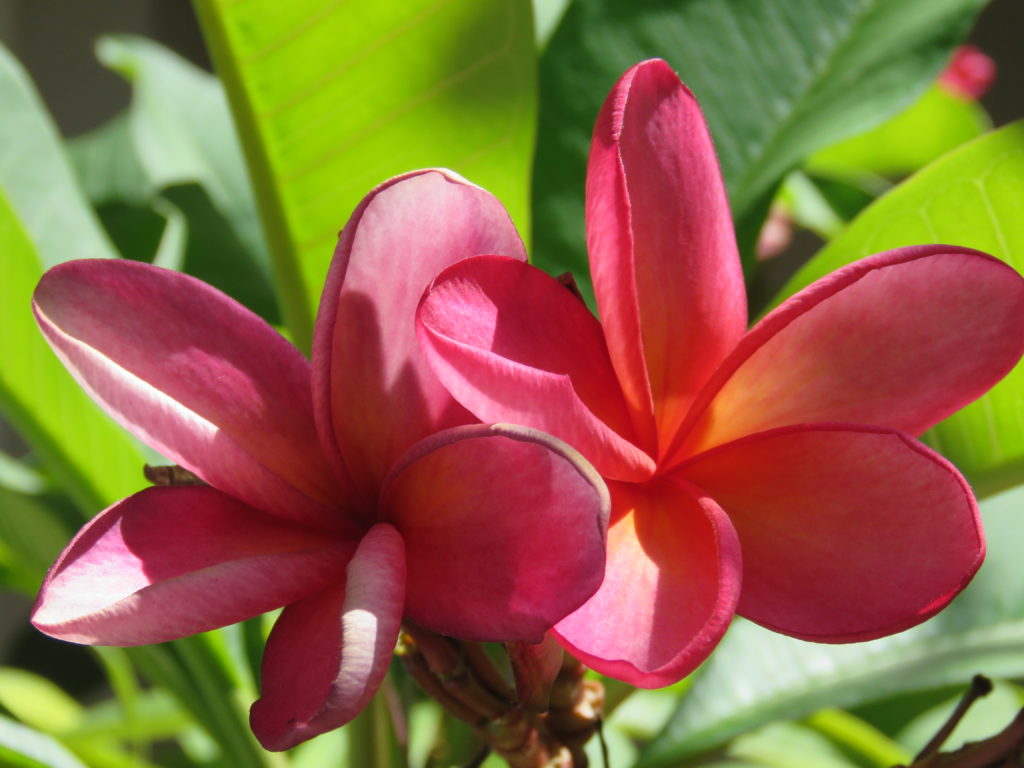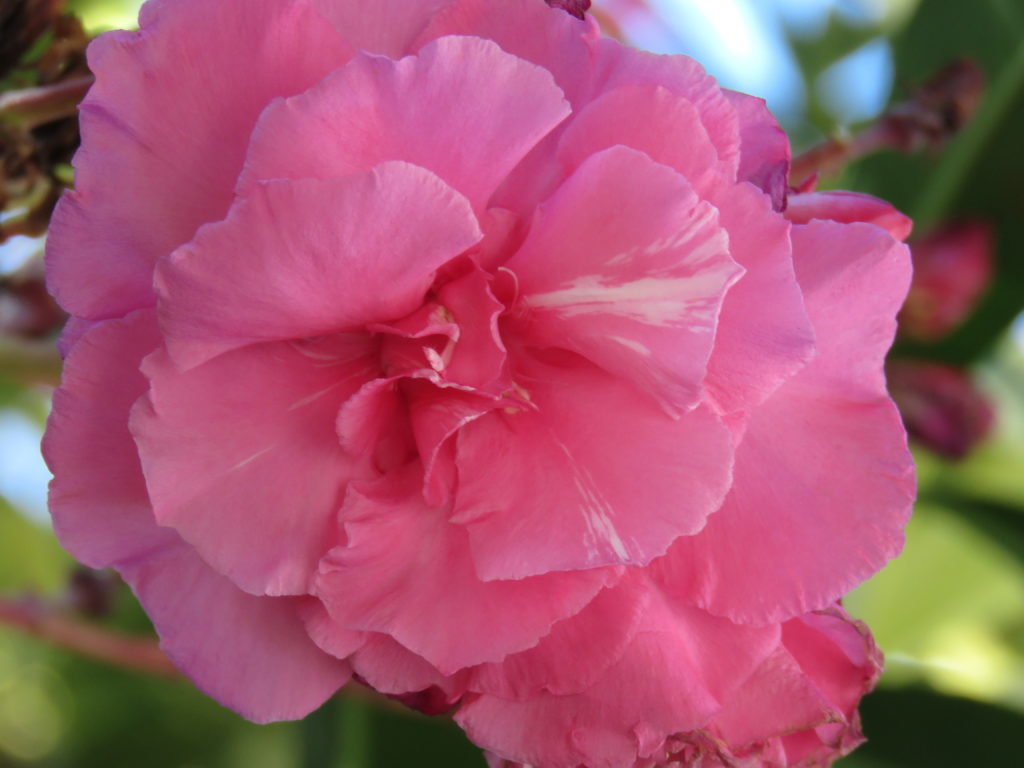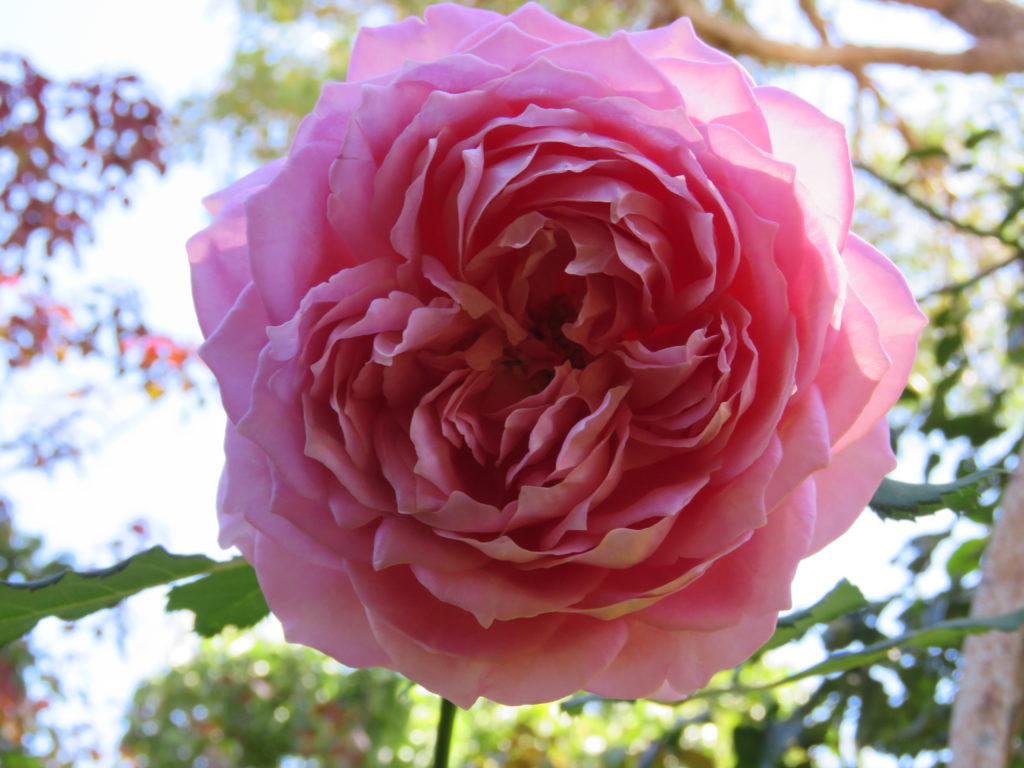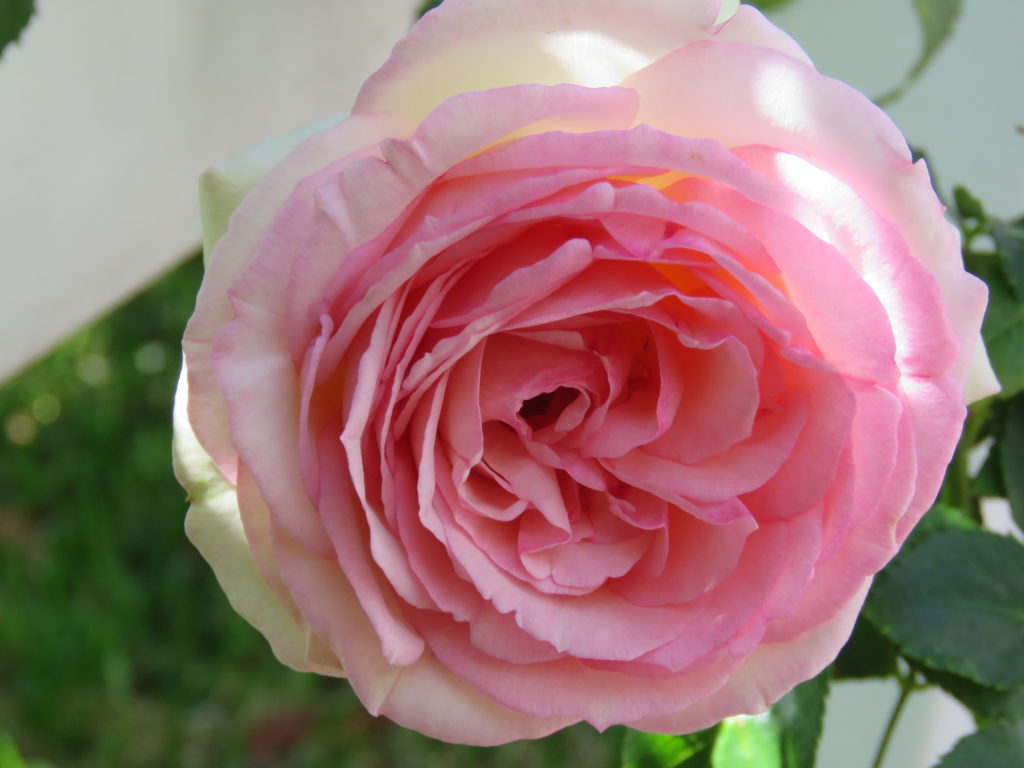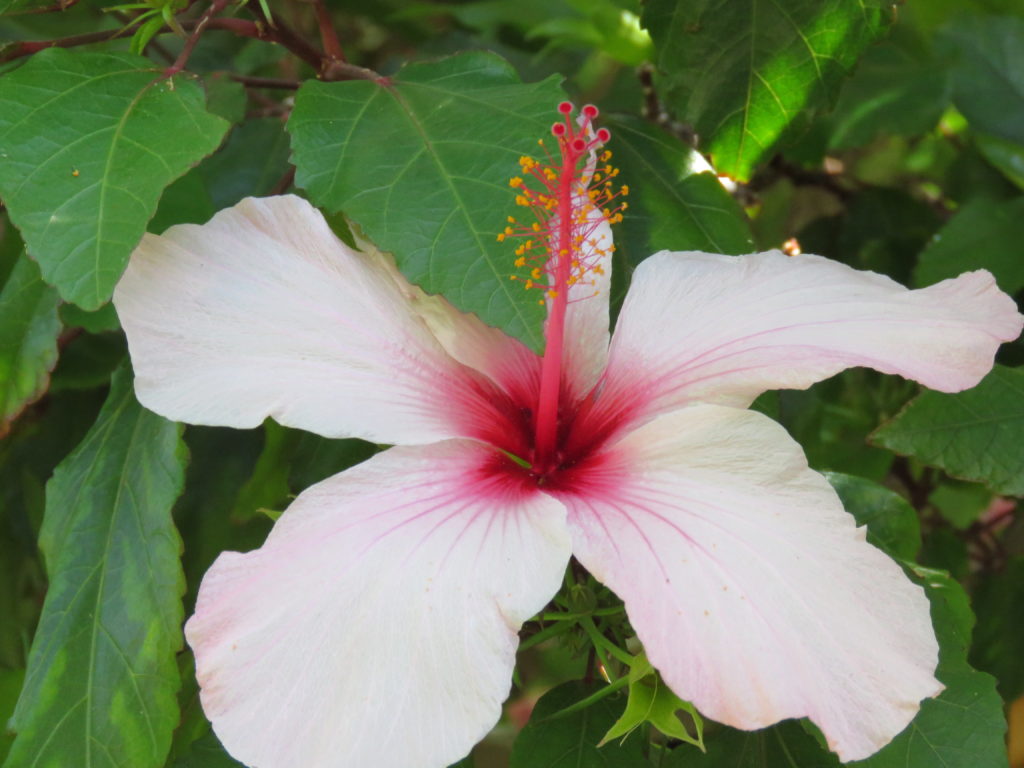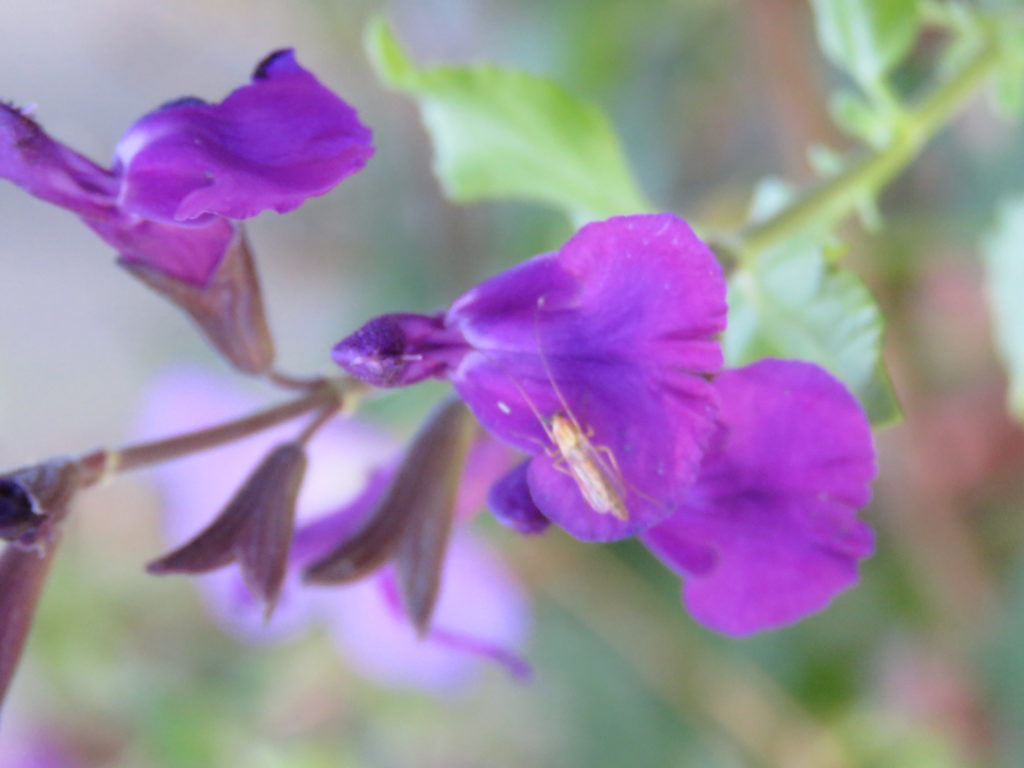
We all need to look at other gardens and the work of other people to get the creativity bubbling away again every now and again…so this year I jumped on a plane and headed east to attend the world-famous, marvellous Melbourne International Flower and Garden Show.
Victoria is known in this country as the Garden State of Australia and I was most impressed with the design work on display created by Victorian-based landscape students, professionals as well as the superb blooms perfectly presented by the floral industry. Such brilliant creativity on display for thousands of visitors to enjoy.



The boots on this creation were made entirely from cineraria leaves
March is always a lovely time to visit Melbourne, cool crisp mornings, mostly sunny days and mild evenings made longer with daylight savings (something we don’t have in Western Australia). It was also buzzing with excitement and lots of rev heads were checking out the Formula One Grand Prix which takes place around Albert Park Lake each year. A great time to visit this wonderful city, steeped in history.
Melbourne International Flower and Garden Show takes place at the historic and stunningly beautiful UNESCO World Heritage-listed Carlton Gardens and Royal Exhibition buildings. The day we were there, the sun was shining and the trees were starting to turn in the park, a fabulous setting for a walk through the show.
Sit back and relax…it’s time for an armchair view of MIFGS-Australia’s best-known garden show where thousands of people flock each day to check out the incredible floral art and inspiring garden designs.
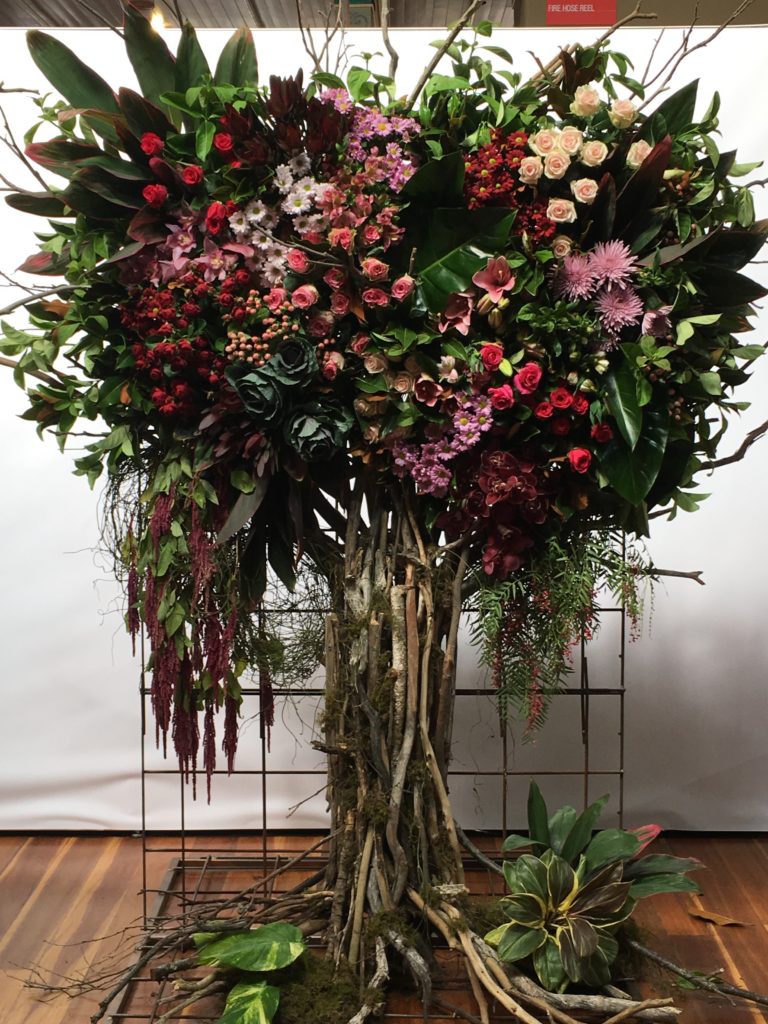

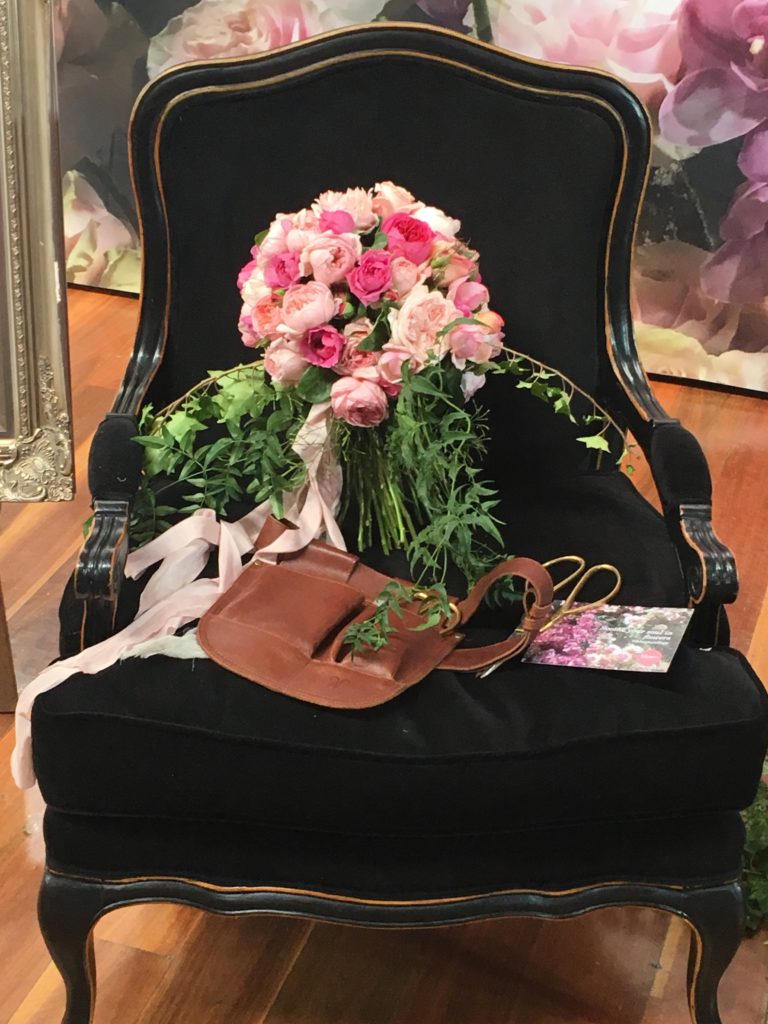

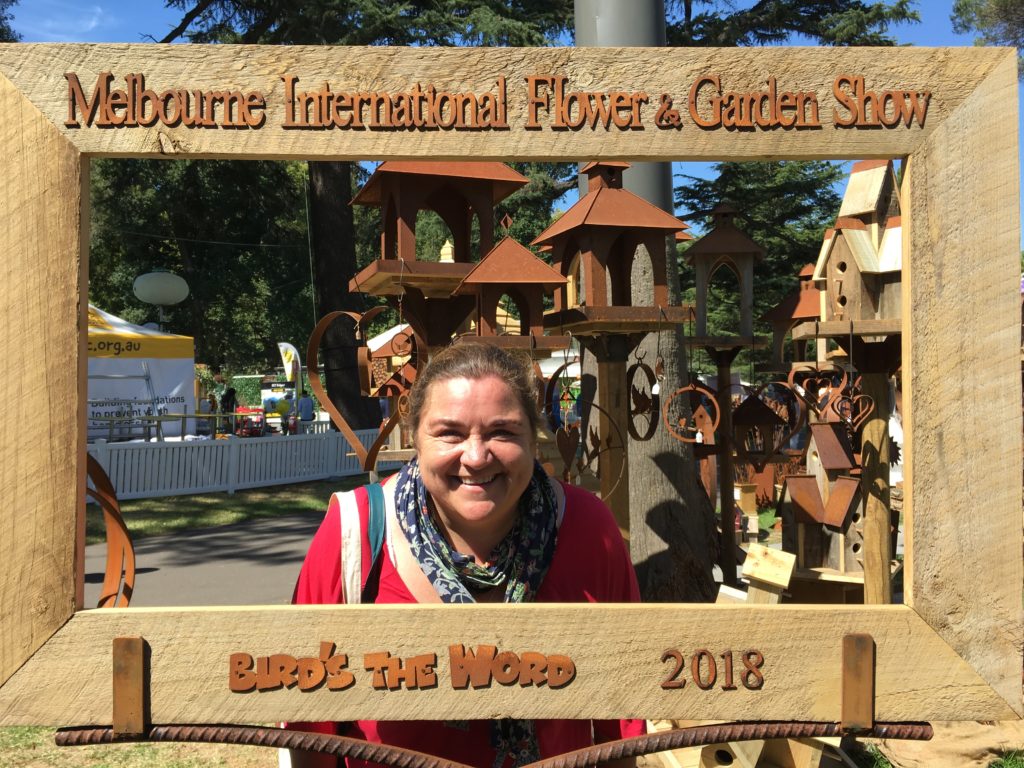
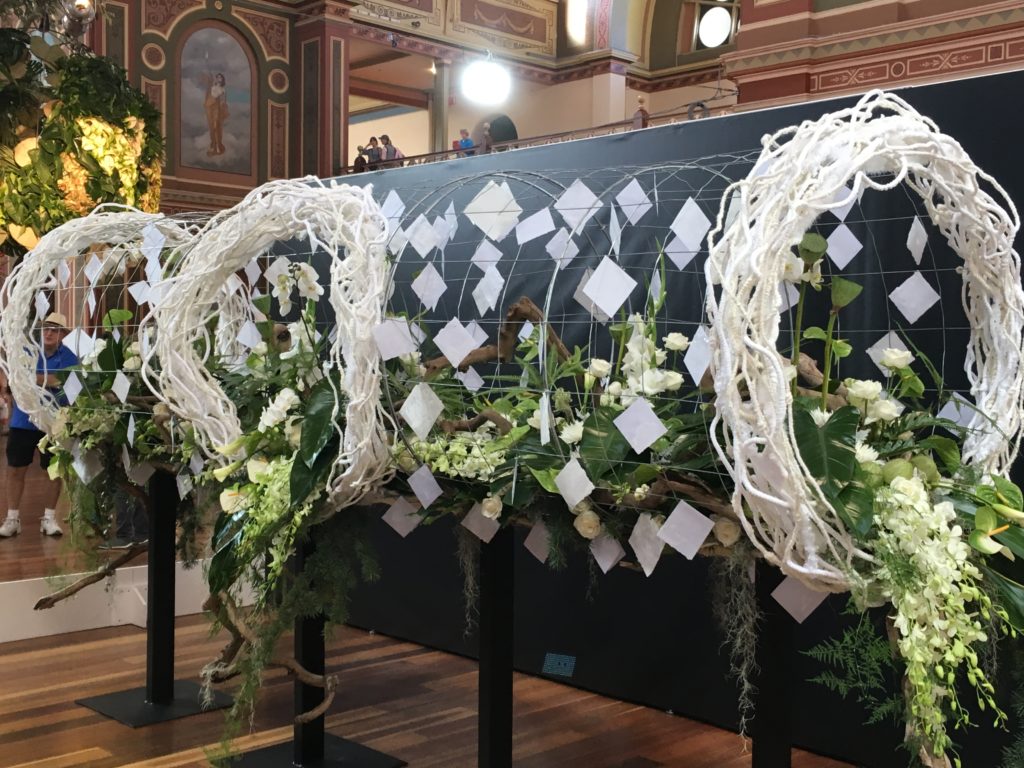

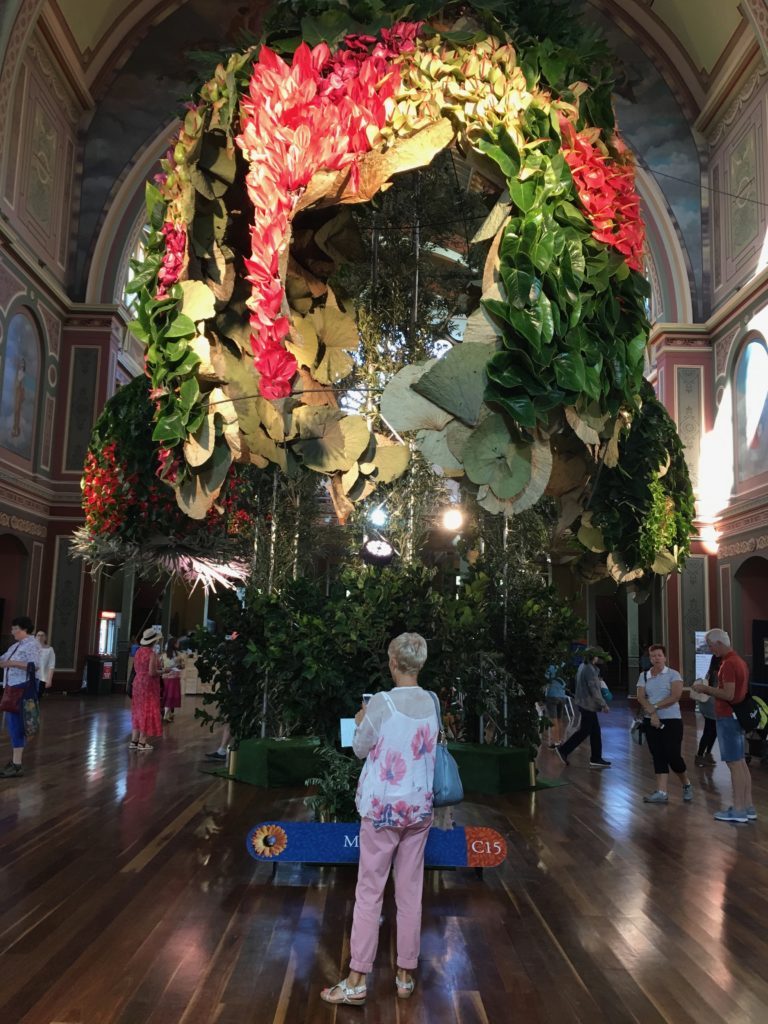
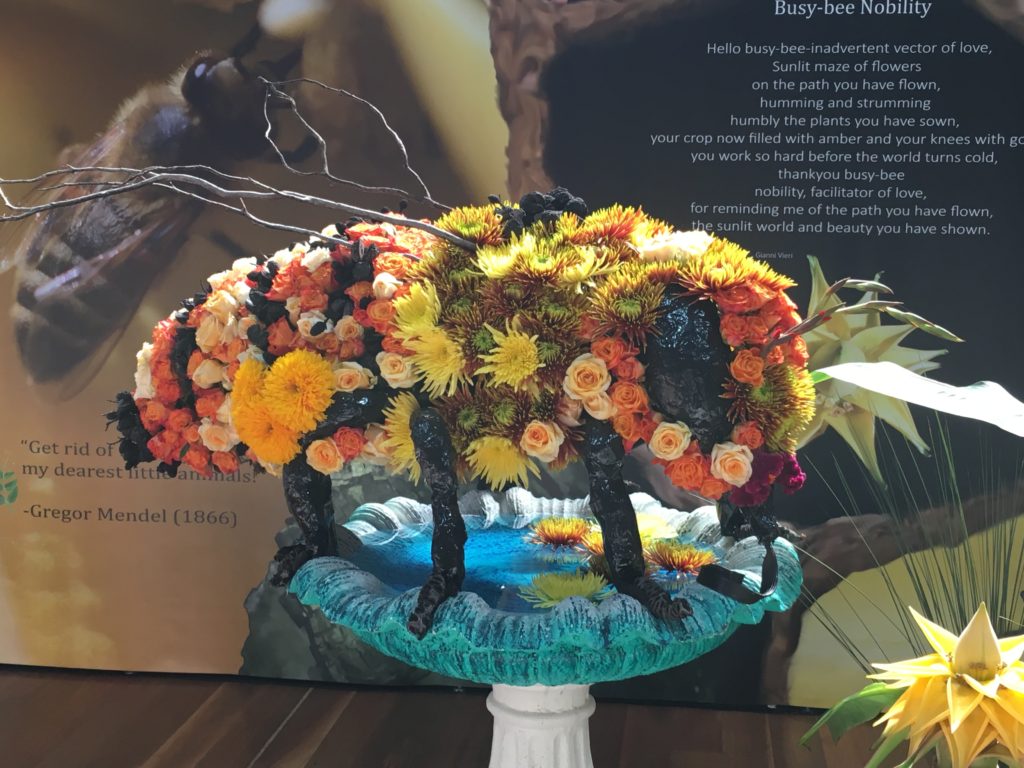
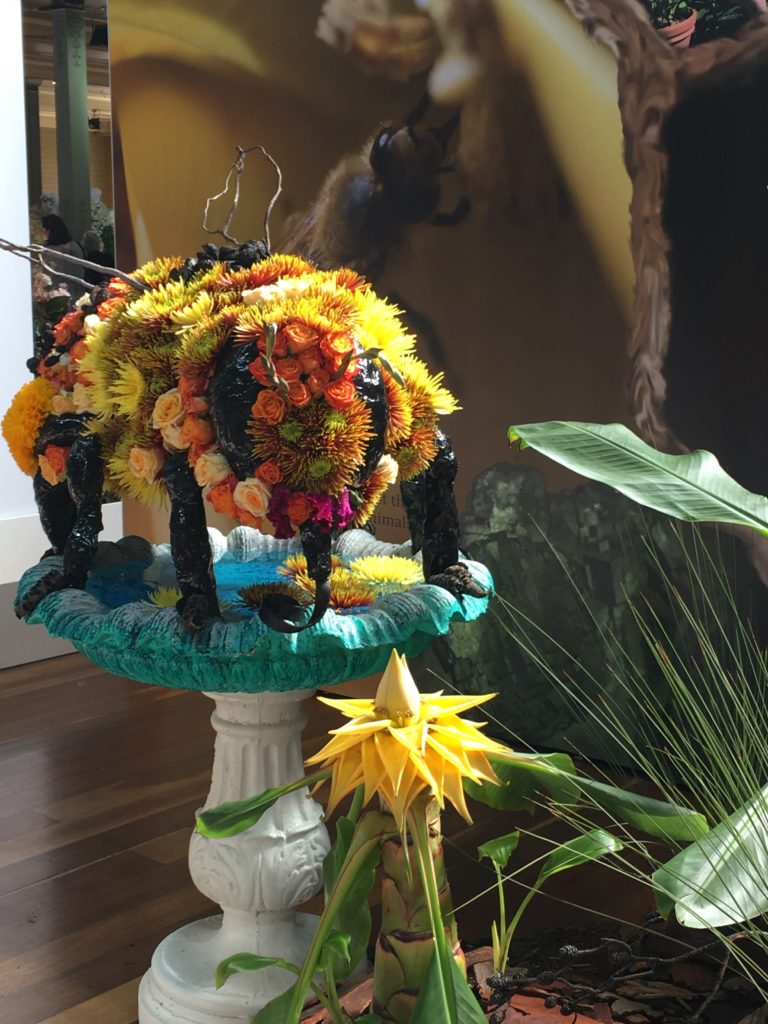
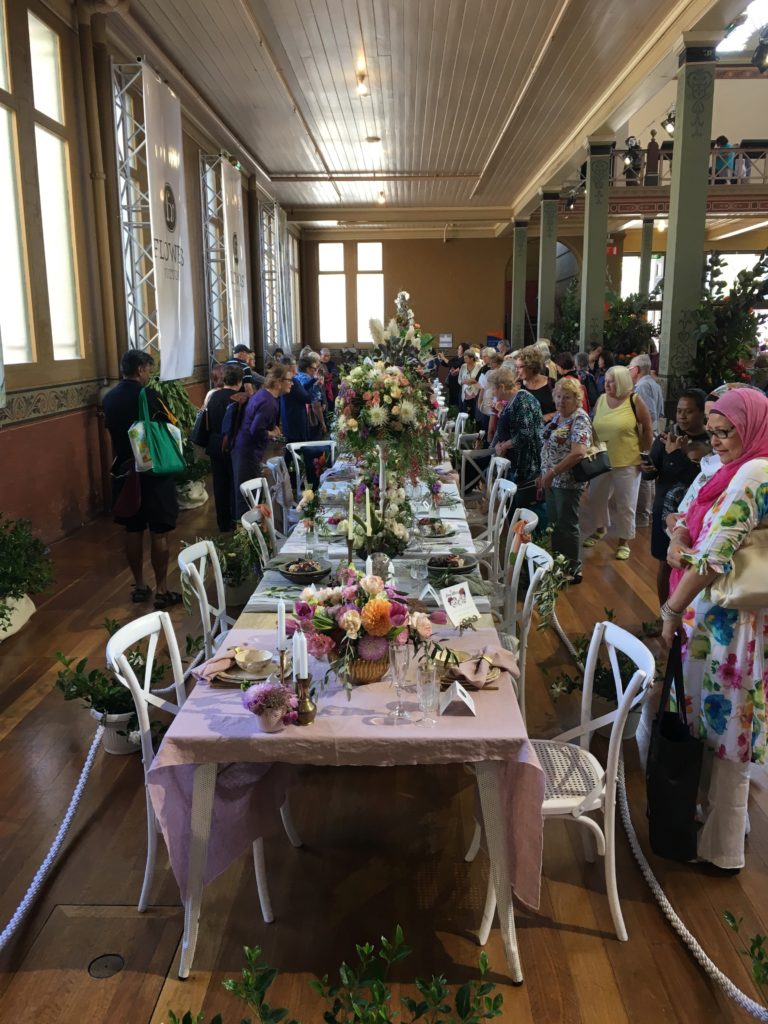
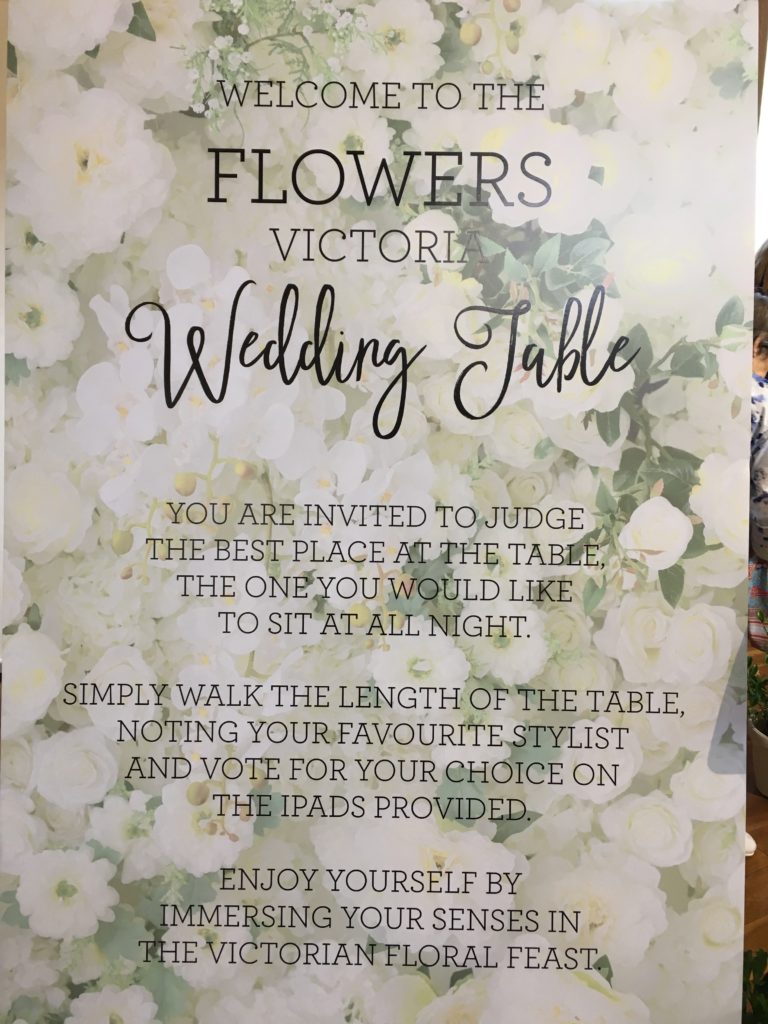
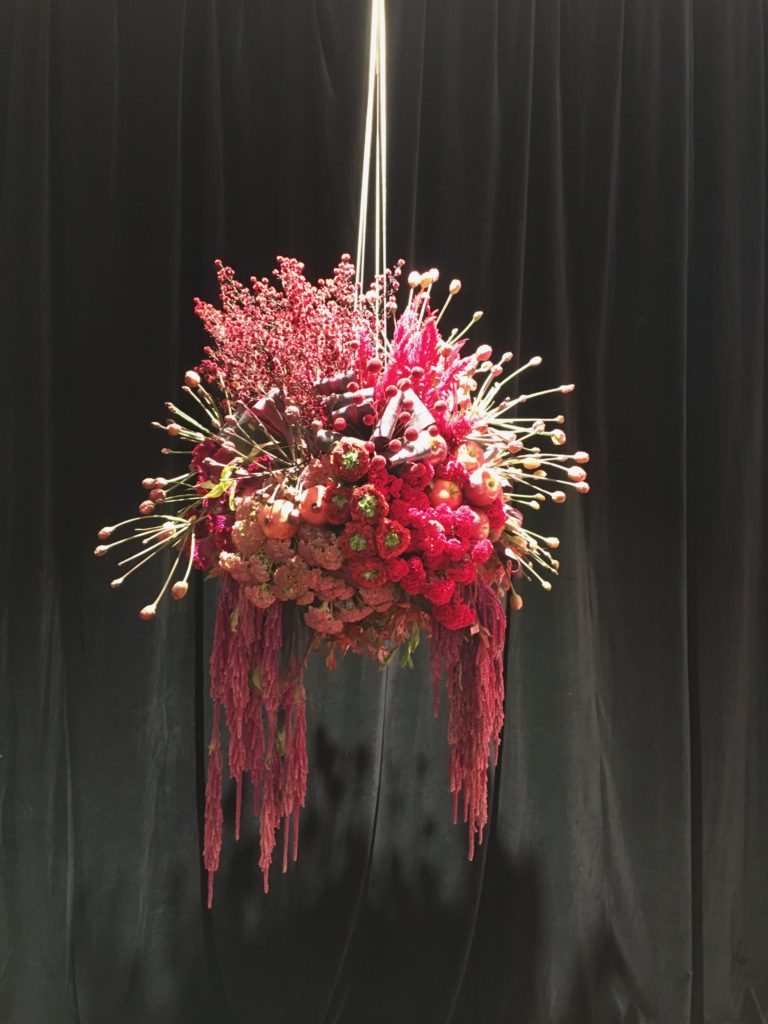

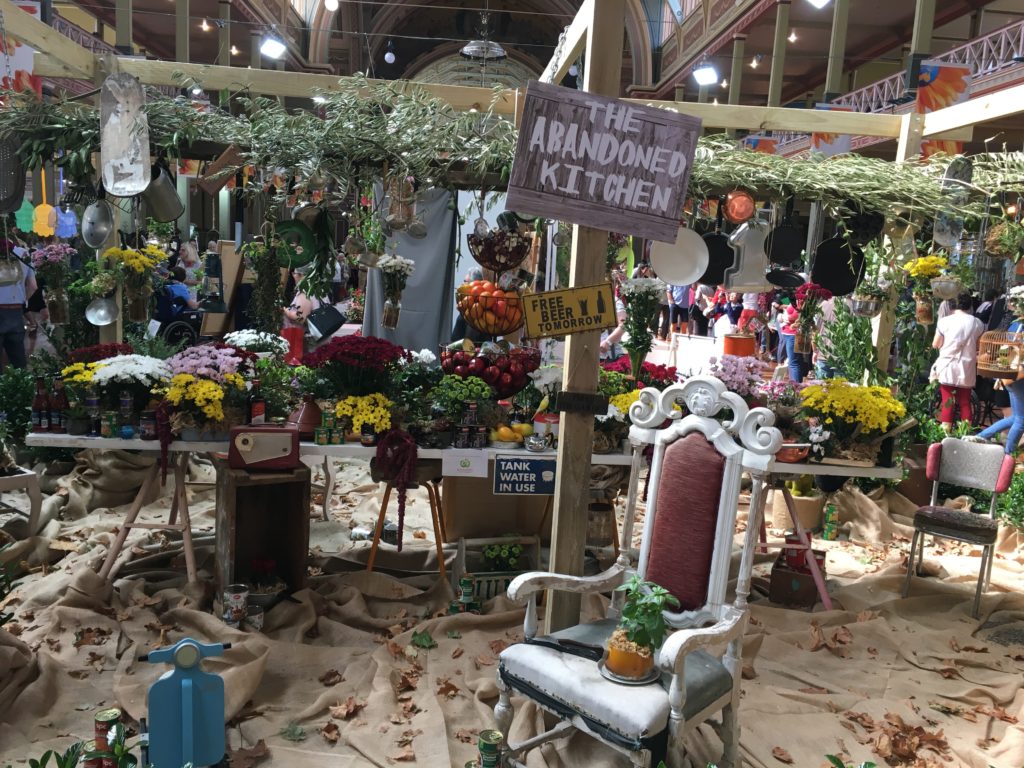
The landscape designers displayed their artistic talents at MIFGS, providing inspiration for those starting a new garden, renovating an older one or people like me, in the horticulture industry seeking a shot in the arm of new ideas. There were so many snippets of brilliance.

I loved the way that the displays were executed, not a single black plastic pot to be seen.


So much interest in such a small space



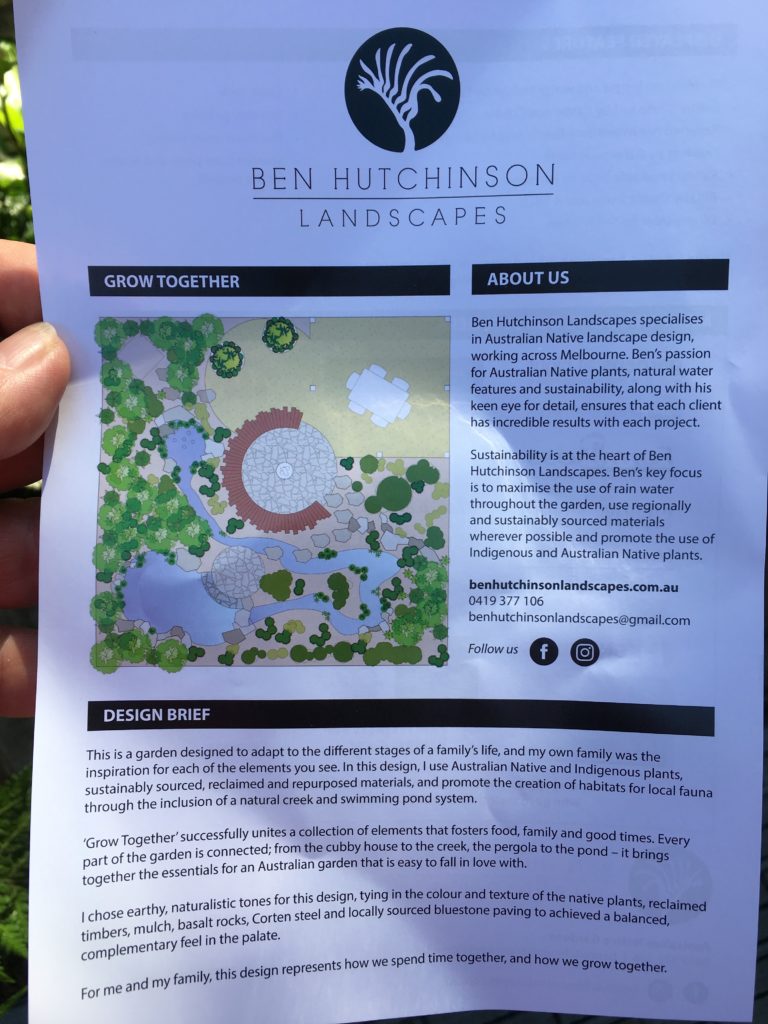

Step through the circle…

Love this up-cycled fireplace-repurposed for outdoor use-what a great idea!
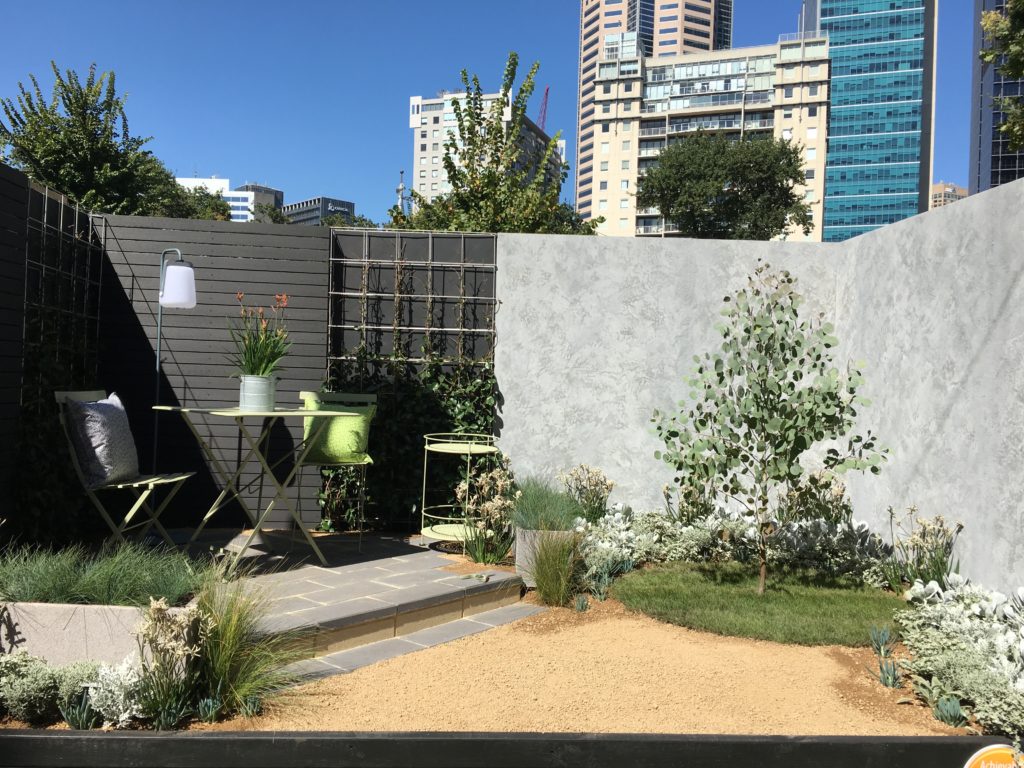
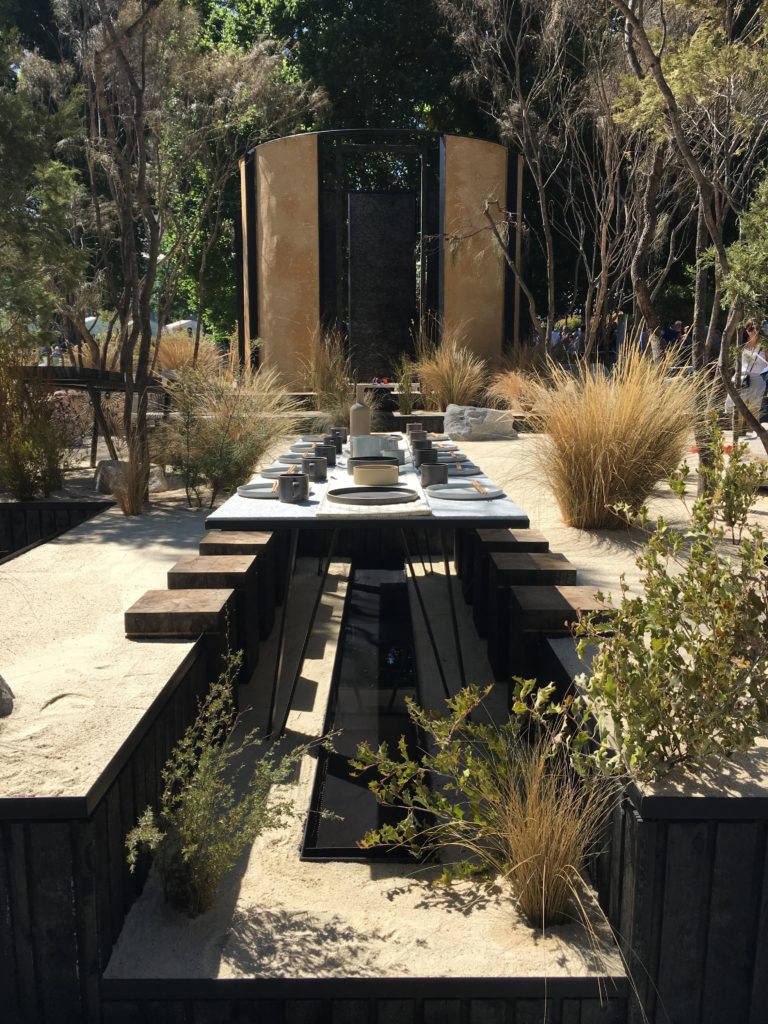
So many sensational ideas, so much talent, so much diversity of plant material…as we headed off back to the tram for the trip back to my friend’s house my feet were aching and my head was spinning! I am officially re-inspired!
